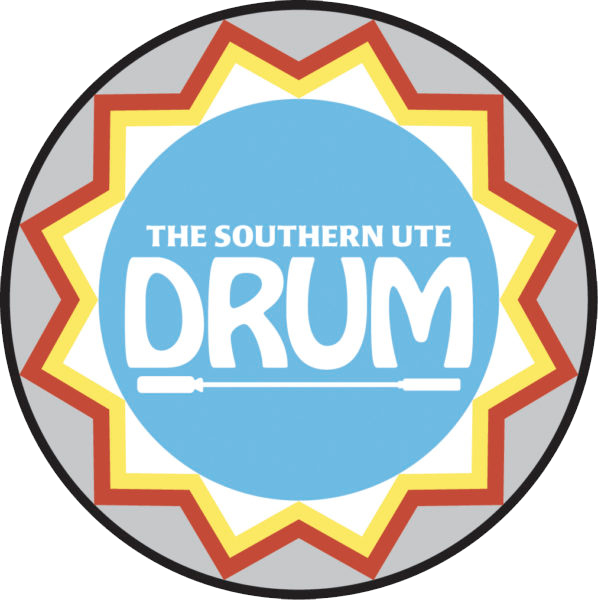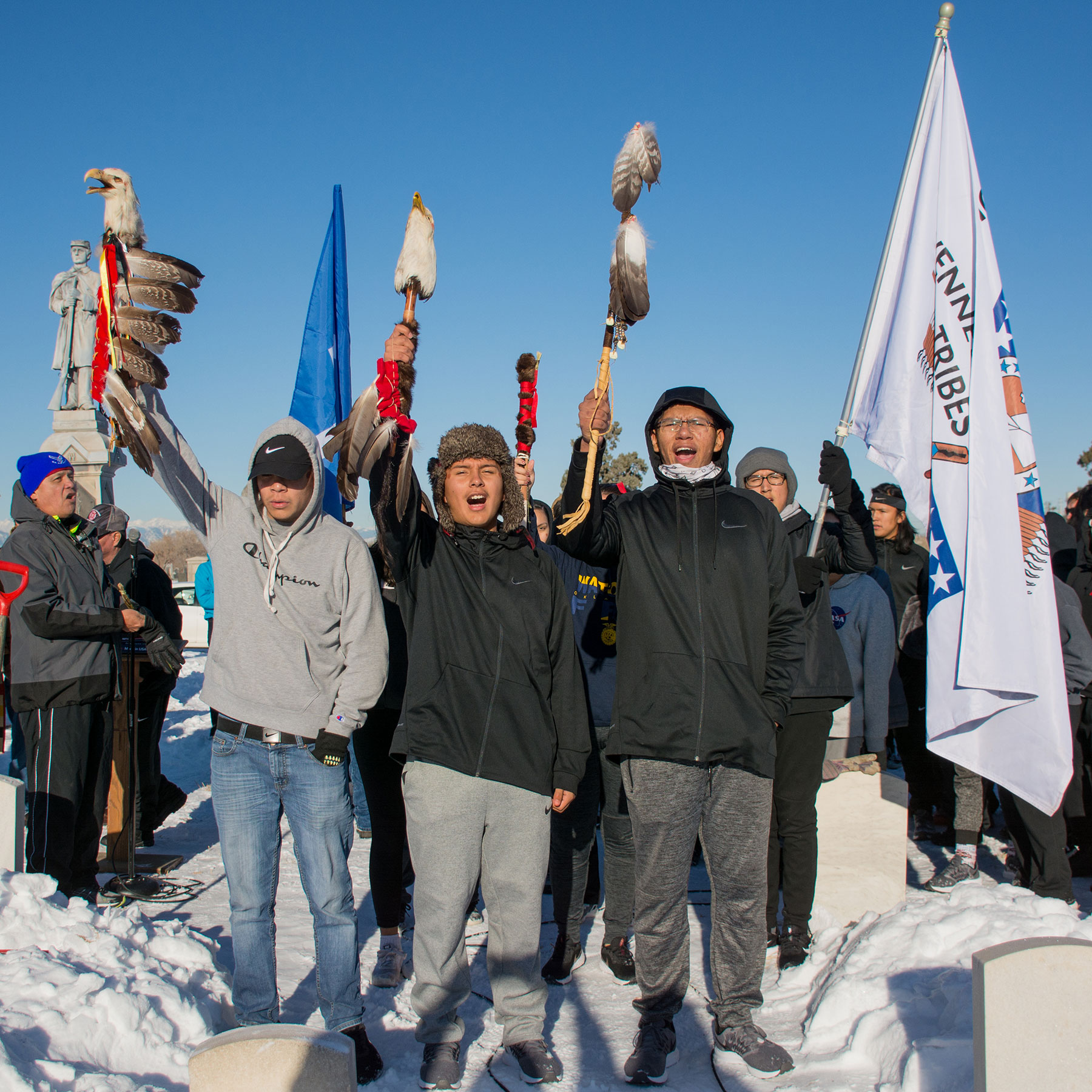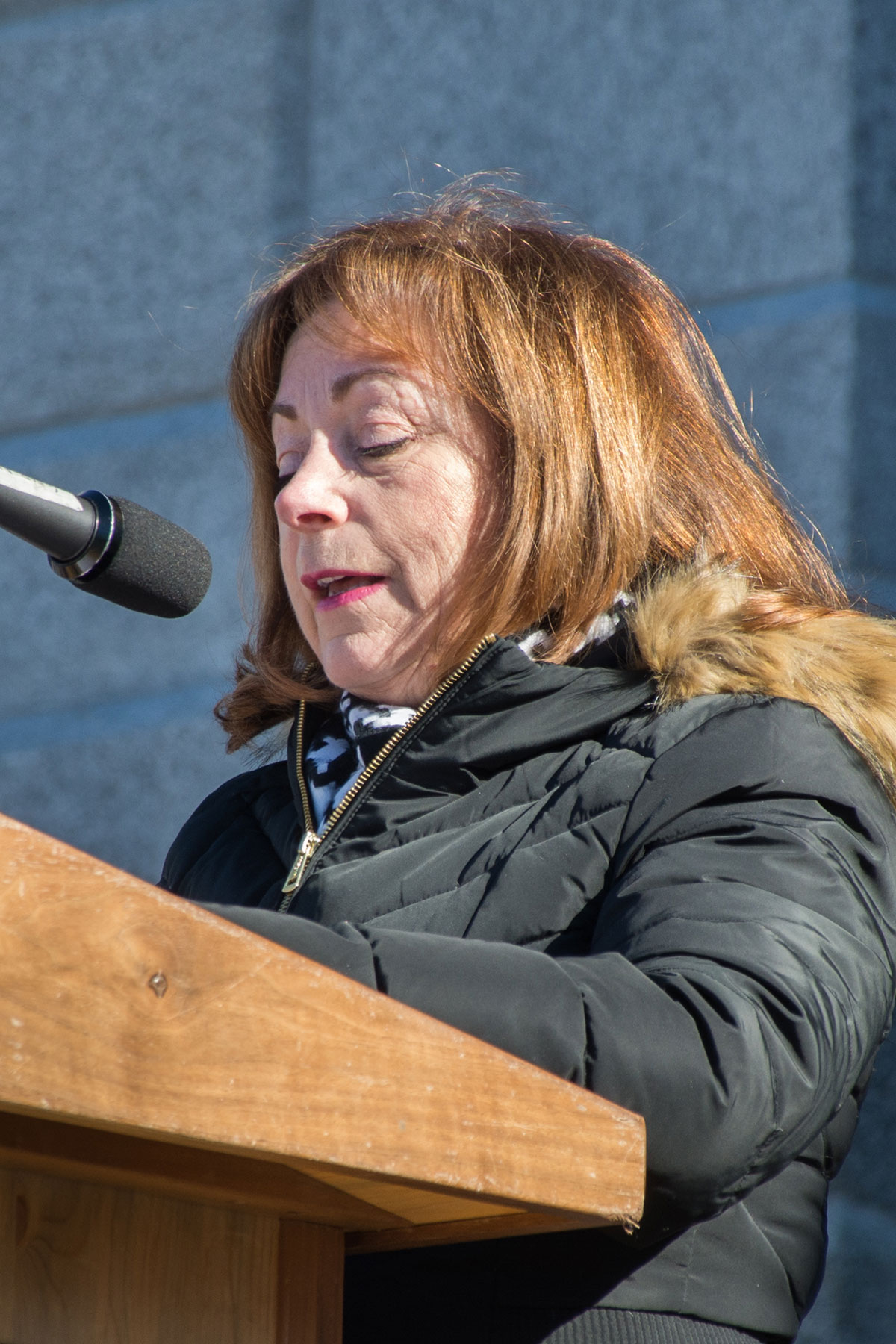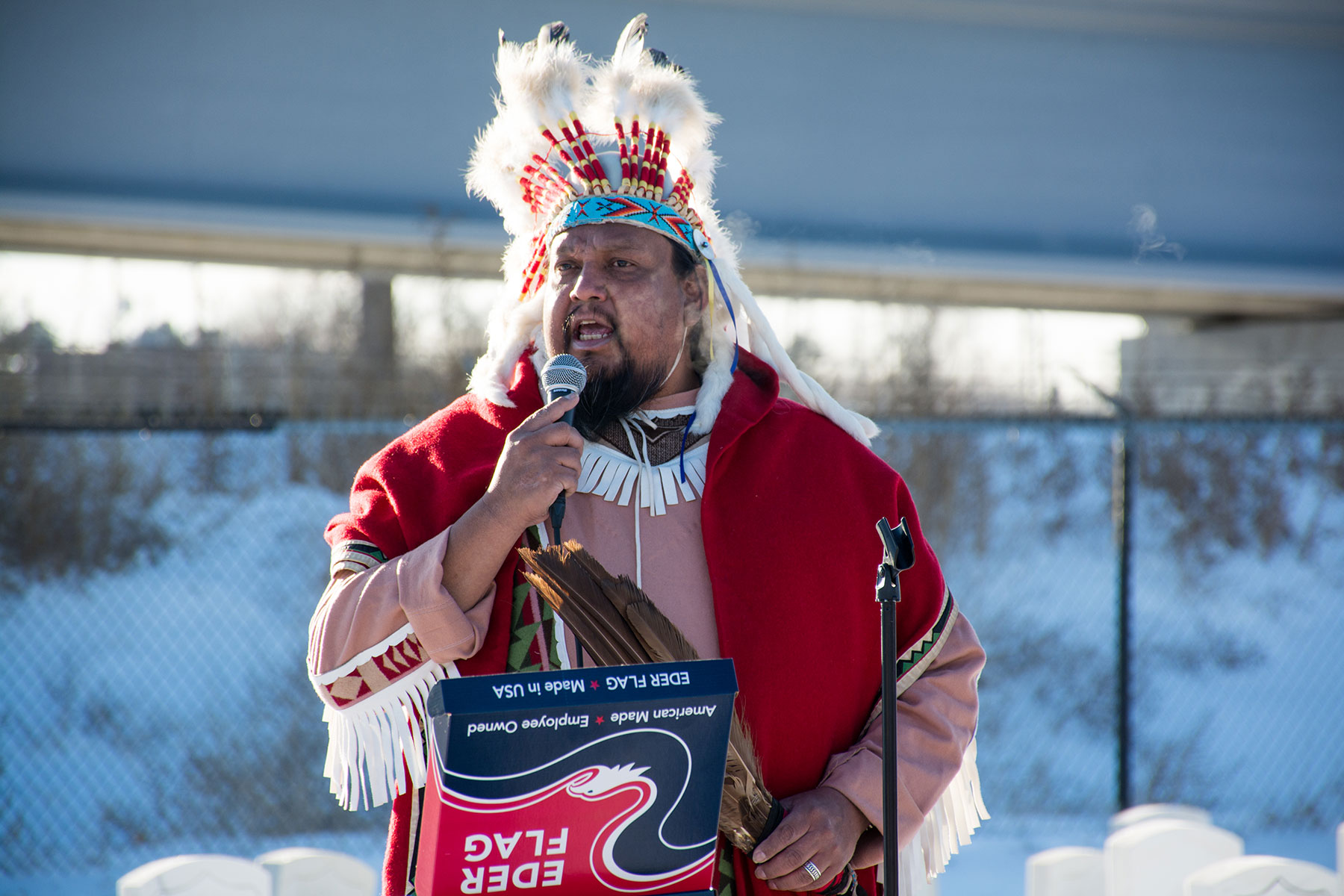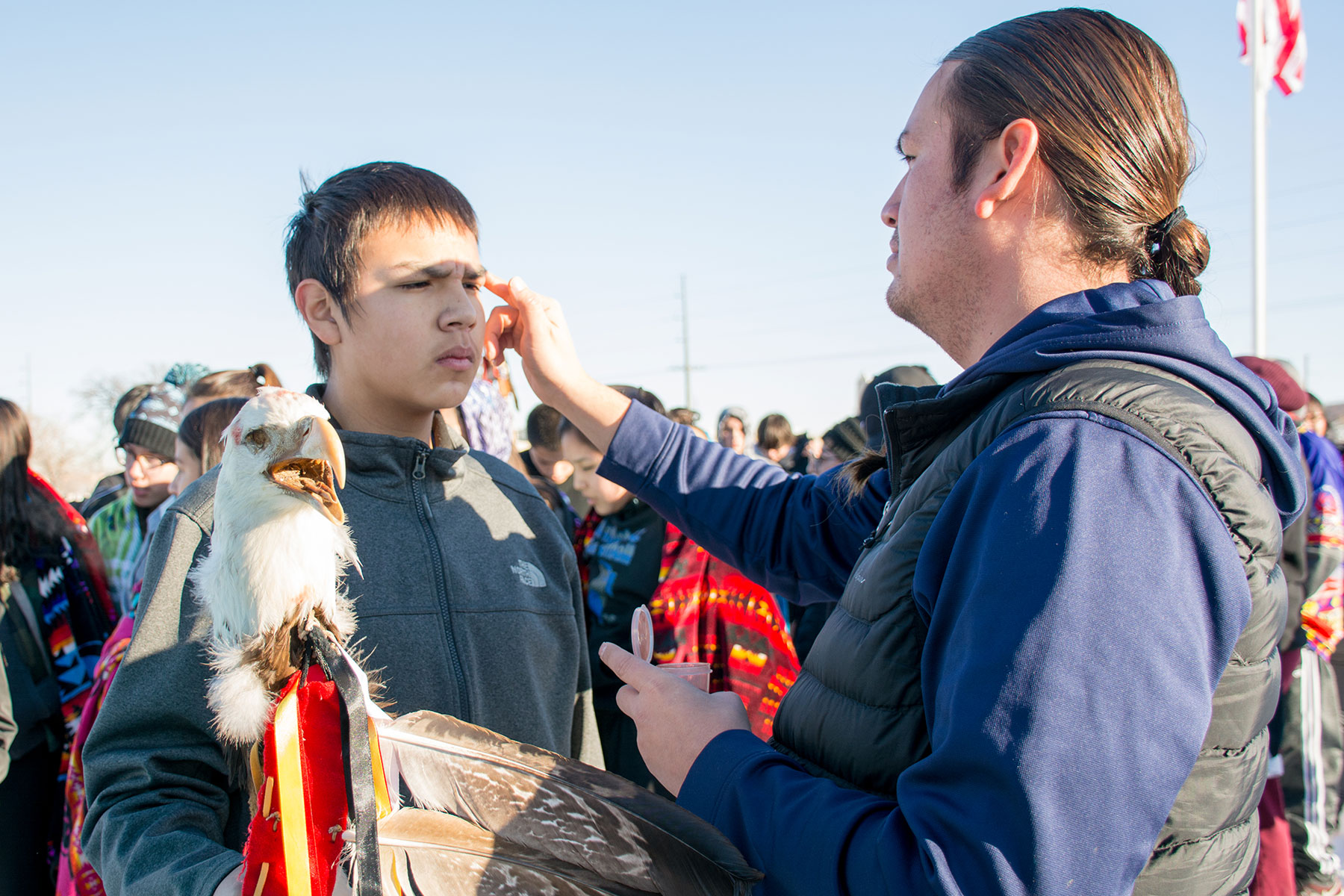Spirits run deep at Sand Creek
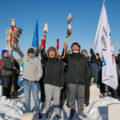



While most families were preparing to enjoy the day off from work and school to celebrate a Thanksgiving meal on Thursday, Nov. 28, a group of 45 Cheyenne and Arapaho runners and supporters attend the 21st annual Sand Creek Massacre Spiritual Healing Run. The healing run is held each year to honor and commemorate the massacre of 230 Cheyenne and Arapaho elders, women and children.
The massacre is often referred to as a horror story, because of the unprovoked attack on over 500 peaceful Cheyenne and Arapaho people; the attack was led by Colonel John Chivington and about 700 Calvary troops through the Big Sand Creek of Colorado on Nov. 29, 1864. The tribal leaders of the time were under the impression that their people were protected by the government. The cavalrymen ignored the American Flag and the white flags that were flying as a sign of friendship and proceeded to open fire on the camp.
This attack left pregnant women murdered, children scalped and dozens of human remains mutilated; soldiers left the site with these assaults as trophies. Once departing the area, Col. Chivington reported to the government that he and his troop conquered a violent group of Indians and were later given praise for this “victory.” One army officer who dared to speak out against Chivington and his men was Captain Silas Soule, who detailed the true events of the Sand Creek Massacre. The testimony provided by Soule led to two congressional investigations and an Army Hearing that forced Chivington to resign from his post, although he did so without facing criminal charges; furthermore, the government refused to offer any compensation to the victims or families.
Soule was punished for his statements, years later he was shot dead in Denver on the corner of 15th and Arapahoe street; his assassins were never brought to justice.
The runners now honor his bravery and testament every year, during the run, by stopping at his gravesite. They stop at the Riverside Cemetery and prepare for the last trek, but before leaving they are painted and protected by men from their respected tribes.
The healing run provides an opportunity for all the Cheyenne and Arapaho tribes to gather and remember their ancestors. “We’re remembering our past when we run, healing the land and the youth so they know where they come from,” Cheyenne and Arapaho Elder, Bobbie White Thunder stated. “It’s also about sacrifice, these young runners are feeling the same elements, and experiencing pain, like their relatives before.”
Together, Northern and Southern Cheyenne and Arapaho children, families and leaders stand a mile high on the steps of the Colorado State Capitol in Denver to remember the purpose of the run and to congratulate one another for their part in history.
This year, Colorado Lt. Governor Diane Primavera was on the steps of the capitol waiting for the runners to share her support. “I am honored to be with you here today on the ancestral lands of Colorado’s first inhabitants — the Sand Creek Massacre Commemoration and Remembrance Days is one way that we acknowledge this dark chapter in our history, teach our communities about our past, and work to create a better future for all,” Primavera stated.
Healing takes different forms, for these runners it’s connection and remembrance that they leave the site with. “This run comes from the heart, for me I still get very emotional because were running to heal—but back then our ancestors were running for survival,” White Thunder stated.
